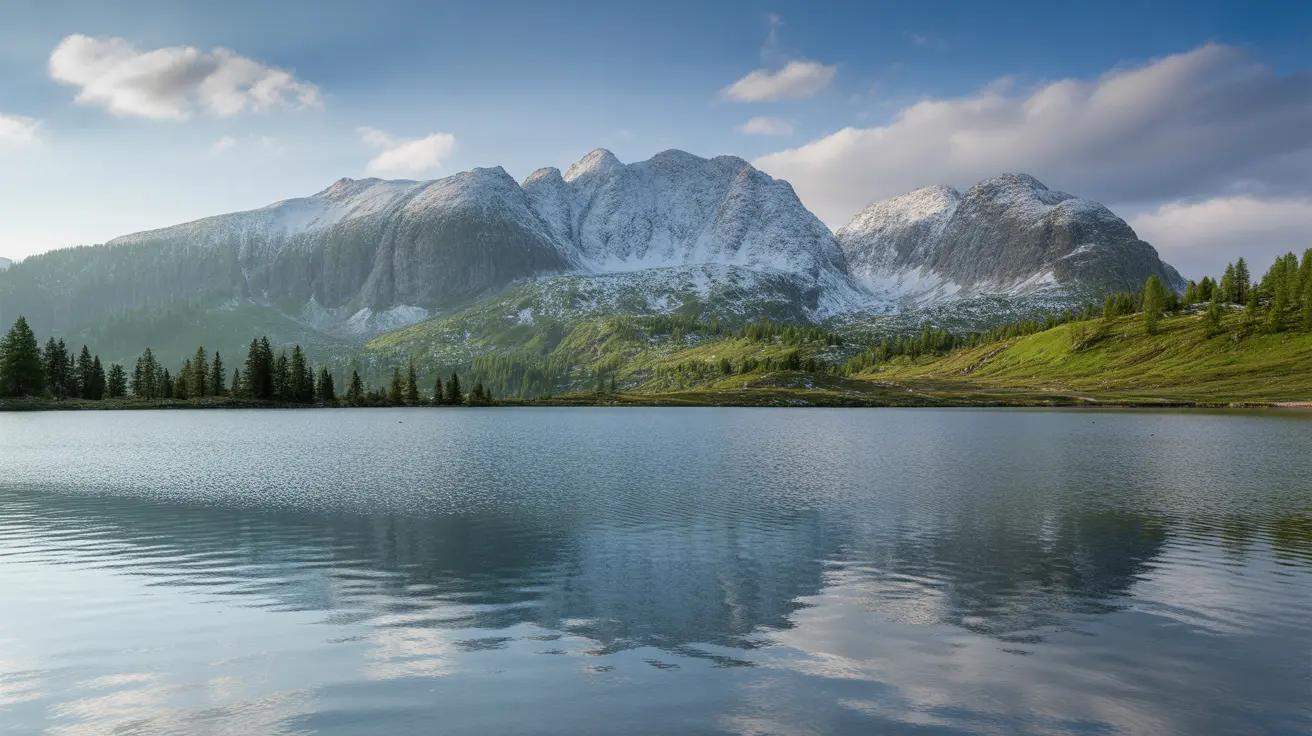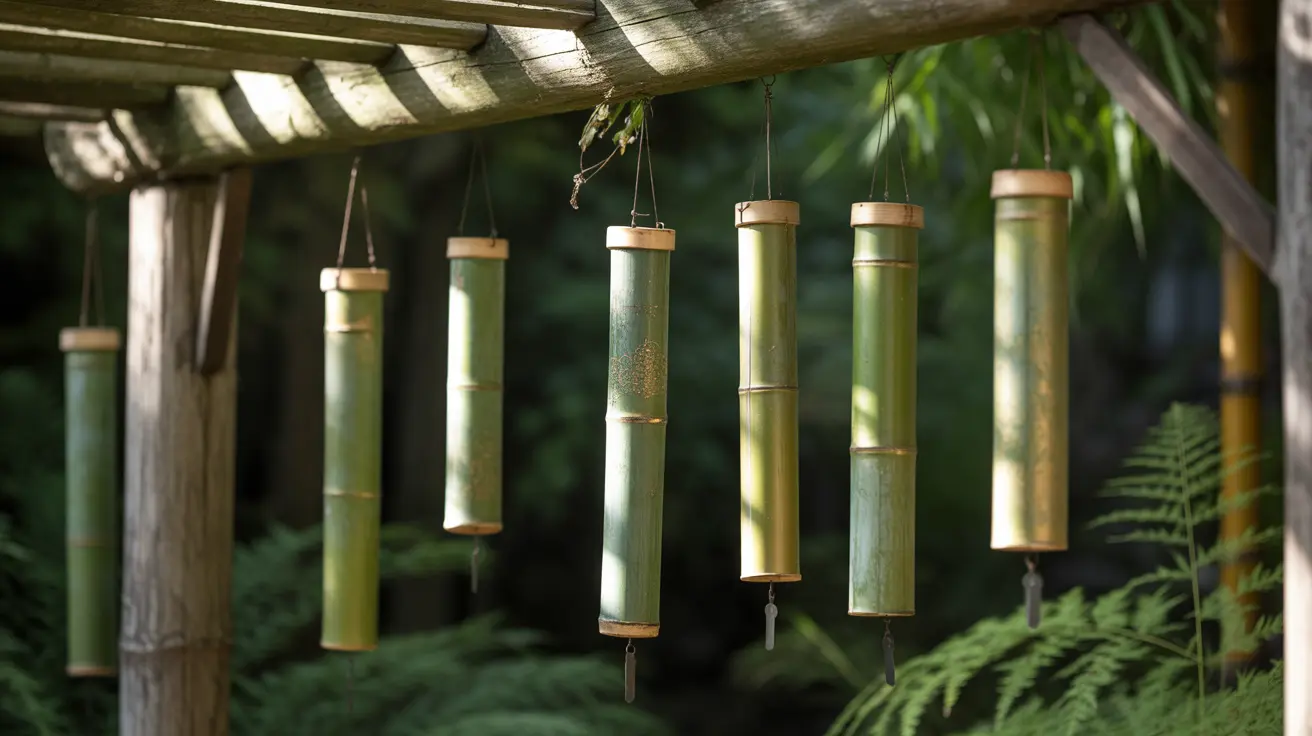Alaska's remote wilderness holds some of North America's most spectacular wildlife viewing opportunities, and nowhere is this more evident than at Lake Clark National Park. This pristine, roadless sanctuary spans over four million acres of untouched Alaskan landscape, offering visitors unparalleled access to observe magnificent creatures from brown bears to beluga whales in their natural habitat.
Located in south-central Alaska, Lake Clark National Park represents one of the country's most remote and least visited national parks, accessible only by floatplane or boat. This isolation has preserved an ecosystem where wildlife thrives undisturbed, creating exceptional opportunities for nature enthusiasts and wildlife photographers to witness Alaska's iconic animals up close.
Bear Viewing Alaska: World-Class Brown Bear Encounters
Lake Clark National Park is renowned worldwide for its exceptional brown bear viewing opportunities. The park's pristine salmon runs attract dozens of Alaska's massive brown bears each summer, creating some of the most reliable wildlife viewing experiences in North America.
The best time to see bears in Alaska at Lake Clark occurs during the salmon spawning season, typically from June through September. During peak season, visitors can observe these magnificent predators as they fish for salmon along the park's numerous streams and rivers. Adult brown bears in this region can weigh up to 1,000 pounds, making them among the largest land predators on Earth.
Professional guides familiar with bear behavior ensure safe viewing distances while maximizing wildlife observation opportunities. The park's remote location means bears remain largely unhabituated to human presence, exhibiting natural behaviors that provide authentic wilderness experiences.
Alaska Wildlife Viewing Beyond the Bears
While brown bears capture most attention, Lake Clark National Park supports an incredible diversity of wildlife species. Wolves roam the park's vast wilderness areas, often traveling in family packs across the tundra landscape. These apex predators play a crucial role in maintaining the park's ecological balance.
Marine mammals add another dimension to wildlife viewing experiences. Beluga whales frequent the coastal waters of Cook Inlet, their distinctive white coloration making them easily identifiable from shore or aircraft. Harbor seals, sea otters, and occasionally orcas also inhabit the park's marine environments.
Alaska Salmon Runs: The Foundation of the Ecosystem
The park's legendary salmon runs serve as the foundation for its entire ecosystem. Multiple salmon species, including sockeye, coho, and chinook, return to spawn in the park's pristine watersheds each year. These fish runs support not only the famous brown bear populations but countless other species throughout the food web.
Alaska salmon runs typically peak during different months depending on the species, with sockeye salmon generally arriving first in June, followed by coho salmon later in the summer. This extended season provides wildlife viewing opportunities throughout the warmer months.
Alaska Remote Wilderness Access and Tours
Lake Clark access by plane remains the primary method for reaching this remote wilderness. Alaska floatplane tours provide both transportation and aerial wildlife viewing opportunities, offering spectacular views of the landscape and its inhabitants from above.
Several operators offer Lake Clark bear tours, providing guided experiences that combine transportation, wildlife viewing, and educational interpretation. These tours typically depart from Anchorage or other nearby communities, making day trips possible for visitors with limited time.
Alaska Birdwatching Spots and Lake Clark Fishing
The park offers exceptional birdwatching opportunities, with over 190 bird species recorded within its boundaries. Bald eagles are commonly observed, particularly near salmon streams where they feed on fish scraps left by bears. Other notable species include peregrine falcons, golden eagles, and various waterfowl species.
Lake Clark fishing attracts anglers seeking world-class salmon and trout fishing in pristine waters. The park's remote location ensures fish populations remain robust and provide excellent angling opportunities for those willing to make the journey.
Frequently Asked Questions
When is the best time to visit Lake Clark National Park for wildlife viewing?
The optimal period for wildlife viewing at Lake Clark National Park runs from June through September, coinciding with salmon spawning seasons when bears are most active and visible. July and August typically offer the most reliable bear viewing opportunities.
How do I get to Lake Clark National Park?
Lake Clark National Park is accessible only by small aircraft or boat, as no roads lead to the park. Most visitors arrange floatplane transportation from Anchorage, Kenai, or other nearby communities. Several air taxi services provide regular flights to various locations within the park.
Is it safe to view wildlife at Lake Clark National Park?
Wildlife viewing at Lake Clark is generally safe when proper precautions are followed. Visitors should maintain appropriate distances from all wildlife, especially bears, and consider hiring experienced guides familiar with animal behavior and safety protocols. The park's remote location requires careful planning and preparation.
Planning Your Lake Clark National Park Adventure
Lake Clark National Park offers unmatched opportunities to experience Alaska's wildlife in one of North America's last true wilderness areas. Whether seeking brown bear encounters, diverse birdwatching, world-class fishing, or simply the solitude of remote wilderness, this remarkable park delivers experiences that create lifelong memories. Plan your visit during peak season for the best wildlife viewing opportunities, and prepare for an adventure into one of Alaska's most spectacular natural treasures.





